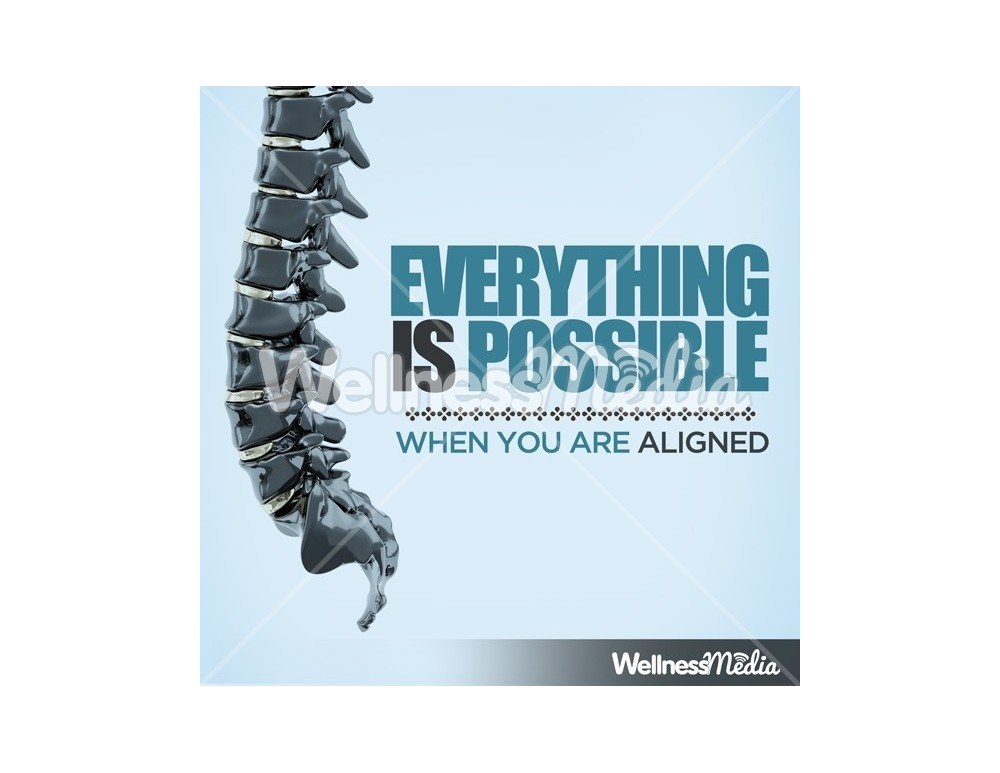The Mechanics And Consequences Of Cold Laser Treatment: Unveiling The Scientific Comprehending
The Mechanics And Consequences Of Cold Laser Treatment: Unveiling The Scientific Comprehending
Blog Article
Writer-Benson Daley
You may have become aware of cold laser therapy as an appealing therapy option for various problems, but have you ever wondered just how it in fact services a mobile degree? Understanding the devices behind this treatment can clarify its performance in promoting recovery and reducing swelling. By exploring the science behind cold laser therapy, you'll acquire insights into the remarkable ways in which light can affect cellular processes and promote cells fixing.
Exactly How Cold Laser Treatment Works
To understand just how cold laser therapy functions, you require to understand the fundamental principles of exactly how light power engages with organic cells. Cold laser treatment, likewise referred to as low-level laser treatment (LLLT), makes use of specific wavelengths of light to penetrate the skin and target underlying cells. Unlike the extreme lasers used in surgeries, cold lasers send out low levels of light that don't generate heat or create damages to the tissues.
When these mild light waves reach the cells, they're absorbed by parts called chromophores, such as cytochrome c oxidase in mitochondria. This absorption causes a series of organic reactions, including boosted cellular energy production and the launch of nitric oxide, which improves blood circulation and reduces swelling.
Moreover, the light energy can also stimulate the production of adenosine triphosphate (ATP), the power money of cells, assisting in mobile repair and regeneration procedures.
Basically, cold laser therapy utilizes the power of light power to promote recovery and relieve pain in a non-invasive and mild way.
Mechanisms of Action
How does cold laser therapy really work to create its therapeutic impacts on biological tissues?
https://www.chiroeco.com/gut-health-and-low-back-pain/ , additionally known as low-level laser therapy (LLLT), runs with a process referred to as photobiomodulation. When the cold laser is applied to the skin, the light power penetrates the cells and is soaked up by chromophores within the cells.
These chromophores, such as cytochrome c oxidase in the mitochondria, are then stimulated by the light power, causing a waterfall of biological responses. visit the next site of activity is the improvement of cellular metabolic process.
The soaked up light energy increases ATP production in the mitochondria, which is crucial for cellular function and repair. In addition, cold laser therapy helps to minimize swelling by inhibiting inflammatory moderators and promoting the launch of anti-inflammatory cytokines.
This anti-inflammatory impact adds to pain relief and cells healing.
Restorative Impacts
Comprehending the therapeutic effects of cold laser treatment involves acknowledging exactly how the improved cellular metabolic rate and anti-inflammatory buildings add to its favorable end results on biological tissues.
When the cold laser is related to the damaged location, it boosts the mitochondria within the cells, leading to boosted production of adenosine triphosphate (ATP), which is crucial for mobile feature and fixing. This boost in cellular power accelerates the healing process by promoting tissue regrowth and lowering inflammation.
In cold laser near me , the anti-inflammatory properties of cold laser treatment aid to decrease discomfort and swelling in the targeted location. By inhibiting inflammatory mediators and advertising the launch of anti-inflammatory cytokines, cold laser treatment help in easing discomfort and improving the total recovery action.
This reduction in inflammation not just provides instant alleviation however also supports long-term cells repair service.
Final thought
In conclusion, cold laser treatment functions by boosting cellular repair and tissue regrowth with photobiomodulation. Its anti-inflammatory buildings supply discomfort alleviation and decrease swelling by inhibiting inflammatory mediators.
This therapy offers a thorough technique to recovery, delivering both prompt relief and long-lasting cells repair benefits.
With its mechanisms of activity, cold laser treatment proves to be a reliable and promising therapy alternative for a range of problems.
